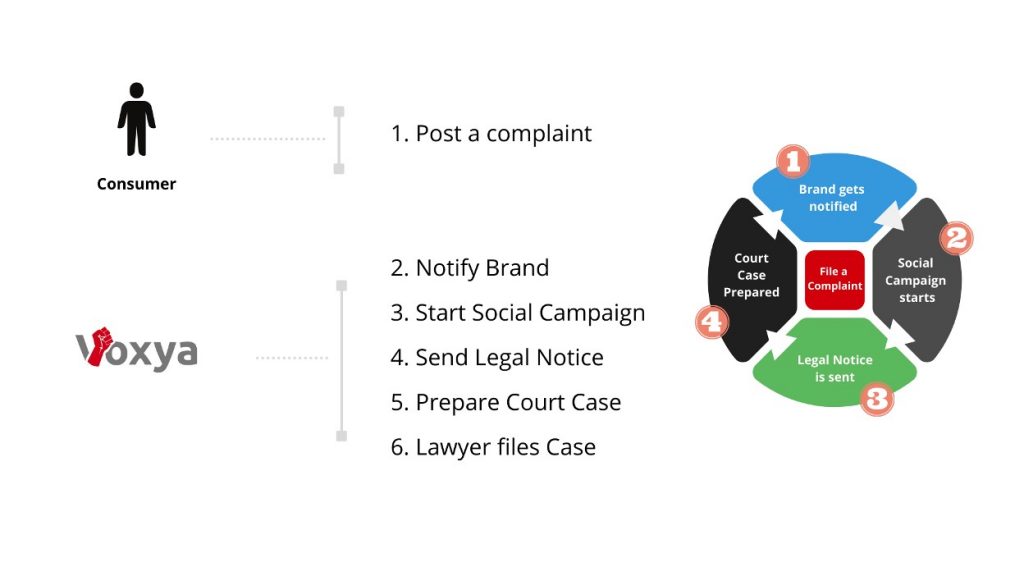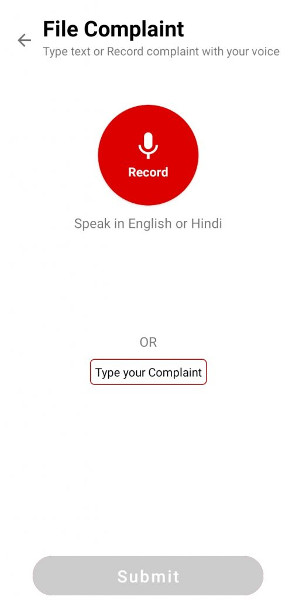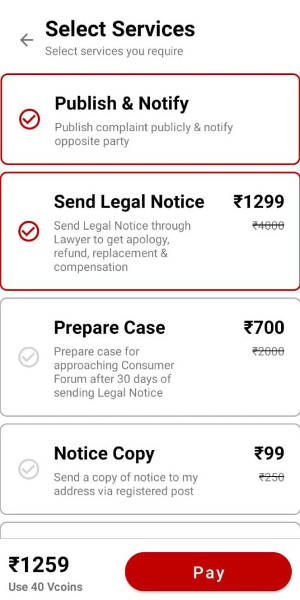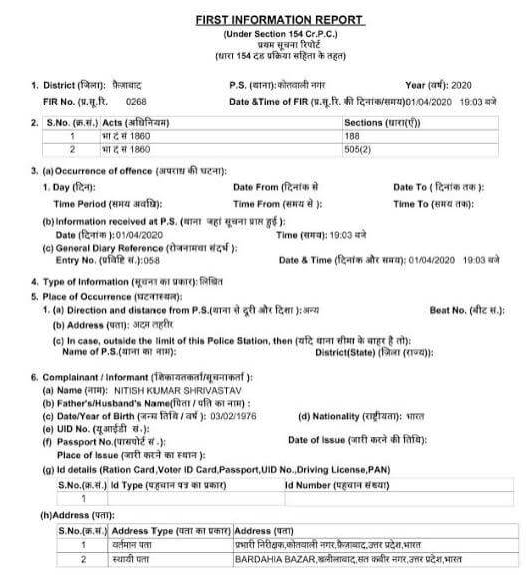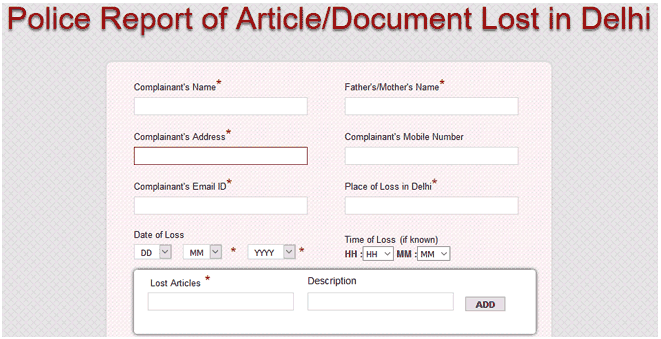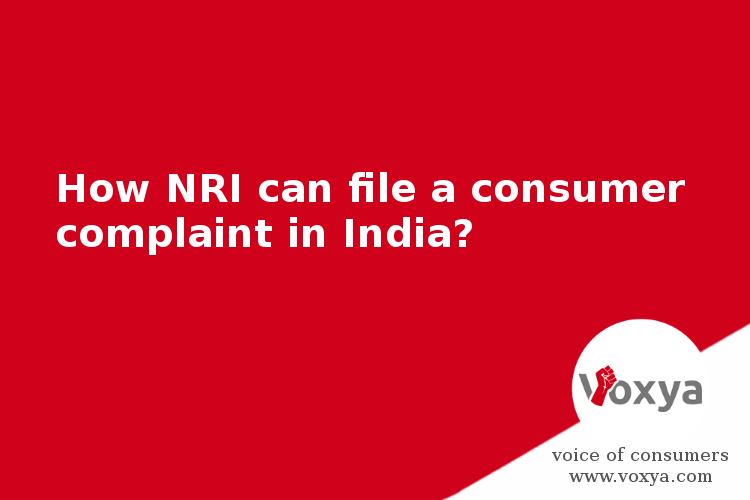- What is BookMyShow?
- Most Common Issue Reported for BookMyShow Complaints
- How to resolve BookMyShow complaints?
- Customer Care
- Social Media
- Online Consumer Forum
- How can I file a BookMyShow complaint at Voxya?
- How Voxya help in resolving BookMyShow Complaints?
What is BookMyShow?
BookMyShow is an online platform that allows users to book tickets for movies, events, plays, and activities and indulge in several other fun events happening near you.
BookMyShow is an aggregator service for the entertainment industry whereby we can assist you with information and ticketing for movies and various other events across many cities all over India.
Through its “BookMyShow” mobile application and website (“BMS Platform”), Bigtree provides a User with the ability to purchase and/or reserve tickets for cinemas, plats, concerts, sports events, etc throughout India.
Most Common Issue Reported for BookMyShow Complaints
Some most common issues reported for BookMyShow complaints are given below:
- A refund not given or initiated by them
- Charged excess amount or taking internet handling charges
- Amount deducted but ticket not booked
- Offer not given in spite of fulfilling all Terms and conditions
How to resolve BookMyShow complaints?
Using the following easy steps a consumer can resolve consumer complaints against BookMyShow easily.
Resolve BookMyShow Complaint Via Customer care
Customer care and support teams are always ready to help consumers. If you are facing any issues or disputes with the services given by them, then you can raise your concern with the customer care team.
Customer care number: BookMyShow customer care phone number is 02261445050. You can dial this number to get answers to all your general queries. They are available 24X7.
BookMyShow customer care email ID: You can write your dispute to BookMyShow customer care email ID at helpdesk@bookmyshow.com
Resolve BookMyShow Complaint Via Social Media Channels
Social media is a very powerful platform for every company to build an online reputation. Contacting or addressing consumer complaints becomes easier using social media channels. You can connect BookMyShow’s team through social media channels:
BookMyShow Twitter Page: https://twitter.com/BookMyShow/
BookMyShow Facebook Page: https://www.facebook.com/BookMyShowIN
BookMyShow Instagram Page: https://www.instagram.com/bookmyshowin/

Resolve BookMyShow Complaint Via Online Consumer Forum
Nowadays, an Online consumer forum has become the most popular platform to show your frustration against the company and get a resolution of your complaints. Consumer helpline, Jago Grahak Jago, Voxya, etc. are the most renowned consumer complaint platform that helps consumers to get justice against the injustice done by the company. You can file a complaint on these consumer complaint websites to get a solution to consumer complaints. If you want to take legal action against the company then Voxya is the best option for you.
How can I file a BookMyShow complaint at Voxya?
If you’re not happy with Book My Show, you can make a complaint right now:
- You can visit this page “File a Complaint” page and fill out the form.
- Select BookMyShow and write your complaint according to your concern.
- Enter your personal information to create your account.
- Choose the best method for the redressal of your complaint.
- Submit your complaint.
However, before registering a complaint, you should
- Contact BookMyShow customer service first;
- Keep a record of all emails and chats with customer service; and
- Gather documentation such as bills, payment receipts, and photographs to back up your claim.
How does Voxya help in resolving BookMyShow Complaints?
Voxya helped thousands of customers to find a resolution. You can take the help of voxya in raising your voice and get a resolution by utilizing our social, legal, and business network.
You can file consumer complaints very easily by going through voxya website. When your complaint is filed we will start a social media campaign and try to contact company officials via mail. This works because no one wants to show a bad image about their support. Also based on your choice we will draft and send professional legal notice to the company through registered post and it can prepare consumer case documents and help you in approaching consumers court.
